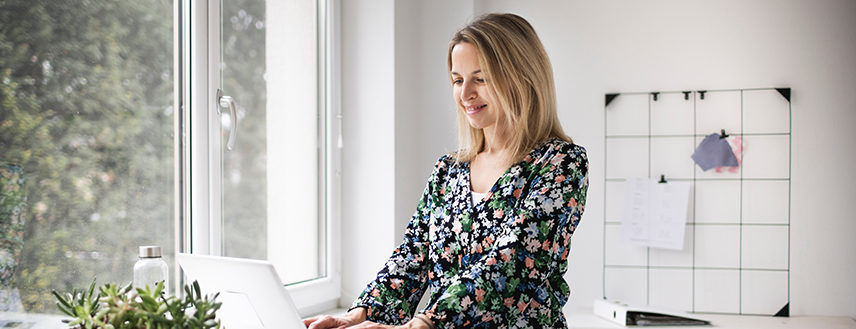
Do you need to reduce stress in your daily life? According to Forbes Magazine, the average business professional has 30 to 100 projects on their plate at any given time. Modern workers are interrupted seven times an hour and distracted up to 2.1 hours a day. And four out of ten people working at large companies are experiencing a major corporate restructuring, and therefore facing uncertainly about their futures. It is not surprising that more than 40% of adults say they lie awake at night plagued by the stressful events of the day and anticipating stress in the days to come.
Thankfully, you don’t have to go to a yoga class to find your inner “zen.” Here are some quick relaxation techniques you can try right at your desk to release tension and reduce stress.
- Stand up and stretch. Tightness in the shoulders, neck, and back often leads to fatigue, injury, soreness, and lack of mobility. It’s a side effect of the modern desk job. Good flexibility is key. When muscles are elastic, your posture improves, and you breathe more deeply. Using more lung capacity sends more oxygen-rich blood to your brain to keep you alert and productive.
Many doctors recommend the 20-20 rule. Every 20 minutes, stand for 20 seconds and stretch or shake things out. Just 20 seconds away from your computer screen reduces fatigue and increases blood circulation. - Take a deep breath. It is perhaps one of the simplest things you can do to reduce stress and refocus your energy. Your breathing can be a relaxation tool you can access at work, home, or whenever you feel stressed. Simply close your eyes and observe as you take 10 slow, deep breaths in and out through the nostrils. When you’re finished, you’ll feel calmer, more centered, and more focused.
- Try a Standing Desk. In one 7-week study, participants using standing desks reported less stress and fatigue than those who remained seated the entire workday. Additionally, 87% of those using standing desks reported increased vigor and energy throughout the day.
Upon returning to their old desks, overall moods reverted to their original levels. These findings align with broader research on sitting and mental health, which links sedentary time with an increased risk of both depression and anxiety - Release tension. When you start to feel that stress related kink in your shoulders, it’s time to release some tension. Sitting upright, inhale as you lift your right shoulder to your ear. Exhale as you slowly roll your shoulder around and back, dropping it away from your ear. Continue these shoulder rolls three more times alternating right and left. Now, inhale as you lift both shoulders up to the ears. Exhale as you release them. Repeat five times and then let the shoulders relax completely. The tension should practically melt away.
- Take a mental break. A growing body of evidence suggests that taking regular breaks from mental tasks improves productivity and creativity — and that skipping breaks can lead to increased stress and exhaustion. The quality of your break is more important than how long it is. In fact, as long as your attention is diverted from the work you were doing, just a few minutes can be enough. It’s important that you take a break before you start to feel uncomfortable, even though it may be tempting to keep working, as this can cause your performance to deteriorate.

Leave a Reply